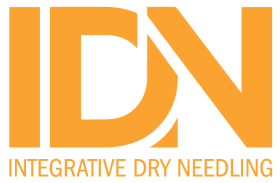Am J Phys Med Rehabil. 2024 Dec 1;103(12):1081-1087. doi: 10.1097/PHM.0000000000002509.
ABSTRACT
OBJECTIVE: Trigger point-related myofascial pain commonly accompanies cervical disc herniation. The aim of the study is to investigate the effect of dry needling for accompanying trigger points on cervical interlaminar epidural steroid injection treatment outcomes.
DESIGN: Among the patients scheduled for interlaminar epidural steroid injection for cervical disc herniation, those with active trigger points were randomly divided into three groups: interlaminar epidural steroid injection + dry needling, interlaminar epidural steroid injection + sham dry needling, and only interlaminar epidural steroid injection group. Outcome measures were determined as the change in Numeric Rating Scale, number of active trigger points, and the pressure-pain threshold measurement.
RESULTS: A total of 66 patients, 22 per group, were included in the final evaluation. While significant decrease in Numeric Rating Scale scores was observed in all three groups at 3rd week and 3rd month, this decrease was significantly more pronounced in the interlaminar epidural steroid injection + dry needling group (P < 0.001). There was a significant decrease in the number of active trigger points in all three groups (P < 0.001). While a significant increase was observed in the pressure-pain threshold value only in the interlaminar epidural steroid injection + dry needling group at the 3rd week, this increase was found to be significant in all three groups at the 3rd month (P < 0.001).
CONCLUSIONS: Combination therapy with dry needling has superiority to interlaminar epidural steroid injection + sham dry needling and only interlaminar epidural steroid injection groups in reducing pain and increasing pressure-pain threshold values.
PMID:39671525 | DOI:10.1097/PHM.0000000000002509


